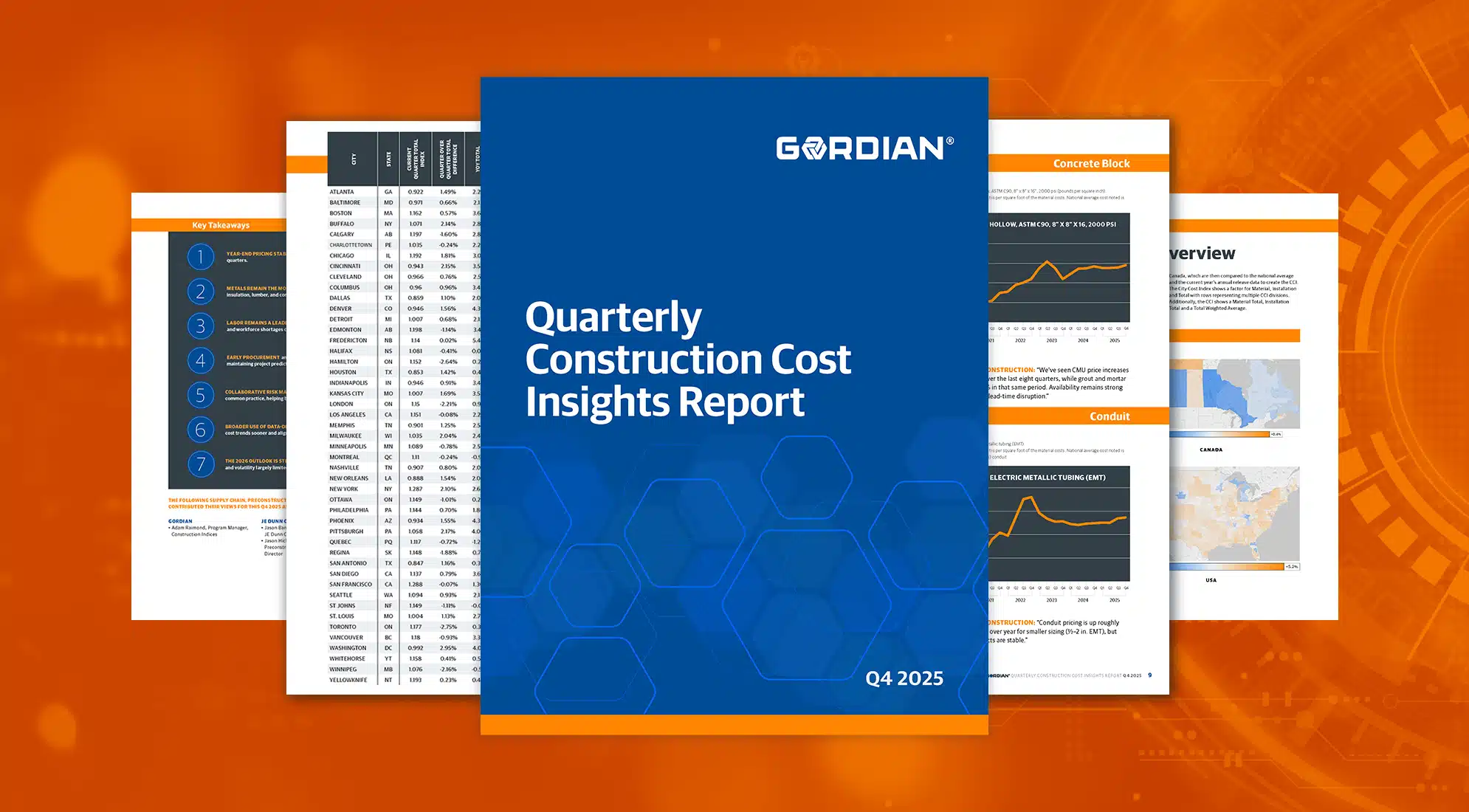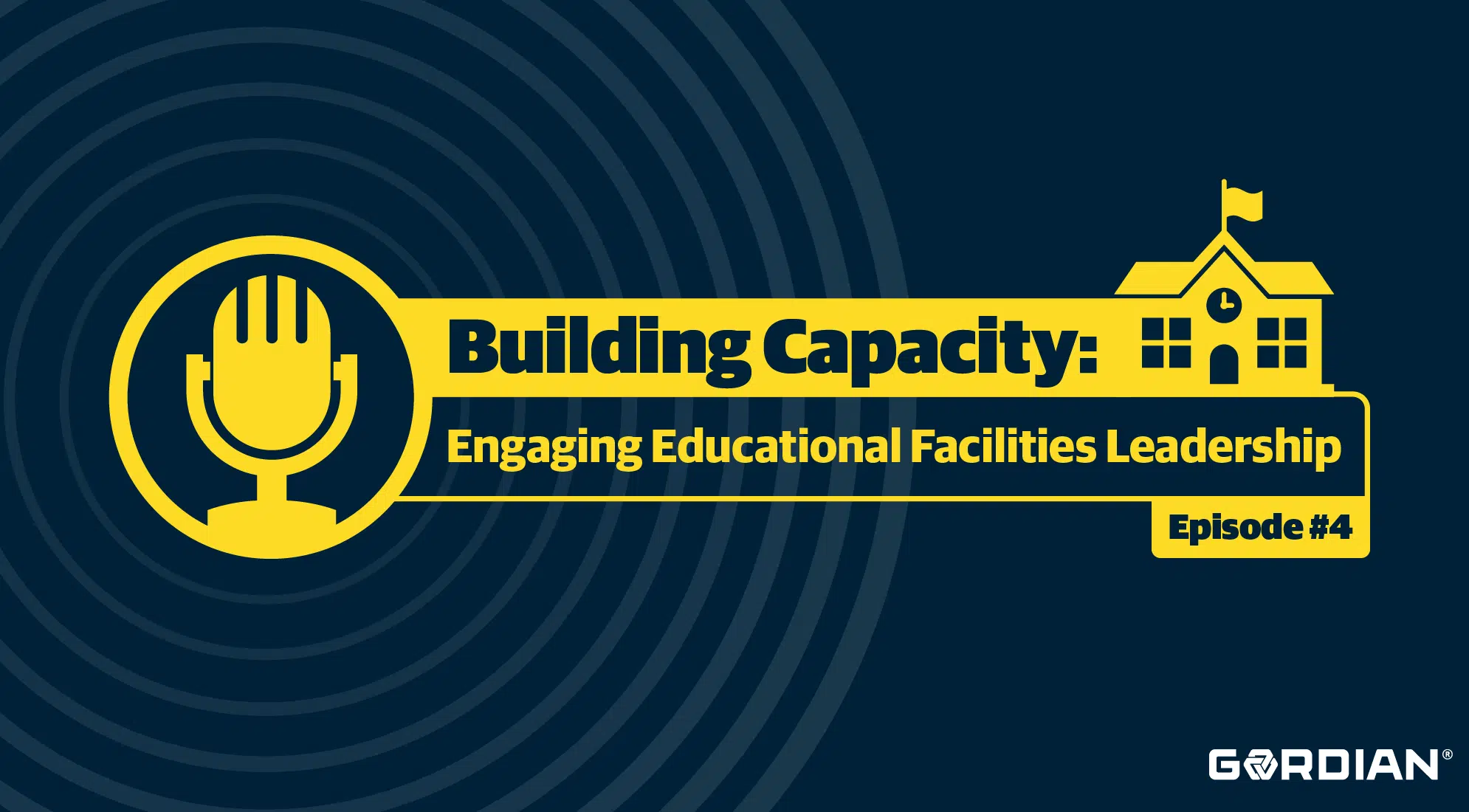Key Points:
- The Challenge: Doing Less with Less
In 2025, healthcare facility managers face rising construction costs, tighter budgets, and increasing regulatory demands. The traditional “do more with less” mindset has shifted to “do less with less,” forcing teams to stretch limited resources while maintaining safety, compliance, and operational efficiency. - The Solution: Data-Driven Facility Management
The blog emphasizes the need to move beyond using the Computerized Maintenance Management System (CMMS) solely for compliance. Instead, facilities data should be leveraged for strategic capital planning, enabling better decision-making, prioritization of investments, and alignment with institutional goals. - The Opportunity: Uniting PDC and O&M Teams
A key takeaway is the importance of bridging the gap between Planning, Design, and Construction (PDC) and Operations and Maintenance (O&M) teams. By aligning their efforts and using shared data tools, healthcare organizations can improve collaboration, reduce inefficiencies, and ensure long-term facility sustainability.
So far in 2025, we’ve seen the price of eggs skyrocket, economic uncertainty, construction costs for health facilities continuing to climb by double digits, and if that wasn’t enough chaos, facilities budgets remain easy prey for budget cuts. The most confounding issue is that current funding hasn’t kept up with decline, creating decades-long reductions in net asset values of these critical components of municipal infrastructure, the nation’s health facilities.
The message to do more with less (i.e. more productivity with less resources) has evolved to do less with less. Facilities professionals are working tirelessly to have less waste while expending less resources. Code and regulatory bodies continue to add and modify regulations while assuring it will eventually save money and make institutions safer but adds cost daily.
Clearly, it’s time for facility managers to move to a new model for health facility management, where facilities data is important for more than just regulatory compliance. Transforming facility data to inform decision making is a priority. It assures that all stakeholders have the information needed for improved stewardship of the existing portfolio and for strategic investments to grow their health facilities, while supporting institutional missions.
However, change is tough. And change when there are scarce resources is even tougher. It is universally understood that the current strategy for managing facilities is not sustainable. Working harder or smarter has resulted in some improvements, but also more frustration. Staffing reductions without planned work reduction leaves those who remain struggling with work/life balance and unfulfilled job satisfaction. It is time for a new solution that can stem the tide of facility indifference and assure the future of the facility management industry keeps pace with increased patient demand and care innovation.
Most health facility professionals working in health institutions see their primary source of truth as their Computerized Maintenance Management System (CMMS). To level set change conversations, ask when the last time the CMMS was used for something other than documentation for compliance with 3rd party inspections. Without a companion source of truth for capital planning, relying on CMMS documentation for investments in capital renewal and deferred maintenance falls short and is complicit in the underinvestment discussions.
Relying on a multitude of planning design and construction (PDC) technologies has widened the gap between the institution’s PDC and Operations and Maintenance (O&M) teams. With seemingly different agendas, it is paramount to ignite these teams and unite their creativity with a common purpose and goals.
The New Facility Management Model
When work volume becomes overwhelming as with the start of major capital projects, and when the barrage of demand, preventive and predictive work orders represent more hours than available, or when the Risk of Inaction (new ROI) becomes too high, it’s time to move to the second curve for health facility management.
In the 1980s, data was scarce in health facility management. Operations and maintenance teams were considered advanced if they had a paper system for managing preventive maintenance. Capital projects were managed with completely different data streams which most O&M teams didn’t understand.
The early arguments were about “As built” drawings, where O&M teams just wanted to see documentation of what was installed, in language they understood. Then personal computers entered the industry, creating a rush of data collecting technologies and systems.
Today, many institutions monitor and utilize over 50 disparate data streams in the daily performance of their responsibilities, many of which are proprietary and don’t interact with other systems organically. In 45 years, health facility management has gone from data poor to information poor, but in a data rich environment.
However, the technologies that have developed were not solutions to close the gap between PDC and O&M teams but rather continued to widen it. Both industries know there’s a problem, but solutions are rare when both consider their technologies best of class. The facilities’ life cycle continuum is broken, as data does not flow easily between the PDC and O&M teams.
The standard O&M solution to the many disparate data streams they monitor and manage has been the creation of a facility dispatch and monitoring team. Constant pressure for the commercial industry gave results in new data collection that can be stored for future use. In some locations this has resulted in IT leadership for the departments, rejecting the notion that technology is important, but the PDC and O&M teams are their own science that IT is not conversant in. Whether managed by IT or supported by IT, the facilities data streams continue to diverge more than converge, demanding a course correction to remain viable.
It’s time for single platform management to address the most critical data streams and assure the institution’s CMMS system can be informed by a functional capital management plan. Thus, reducing the facilities data streams to two primary sources of truth: the Capital Management Plan and the CMMS.
Reducing the many disparate data streams within the PDC into a single data stream is the first step, while simultaneously leaning up the CMMS program, removing unwanted and unnecessary procedures that do not add value to the systems.
The Solution
Change is necessary because the present solutions are unsustainable and have resulted in declining Net Asset Value (NAV) in most health facilities. A single platform management solution assures that everyone working within the PDC teams are utilizing the same information, at the same time, and for the same purpose.
Gordian’s leadership in developing best-in-class solutions for managing healthcare environments is focused on assuring that stewardship can be optimized by empowered facilities employees and staff. Single platform management also assures that employees have career ladders that are both vertical and horizontal within their institutions because their system training is no longer linked to the proprietary software within their department.
Gordian’s intuitive and improved user interface and user experience assures that what they have learned can be utilized in other departments within the facilities team, creating employee mobility internal to the organization rather than outside of it. Promotions are less risky to both the employees and managers, where system training has been standardized and consistent from department to department.
When the PDC team is on the same page, regardless of their location or department, the ability to communicate with the O&M team improves as better standards are defined and implemented for key performance indicators that best inform their CMMS system. This will narrow and eventually close the gap between the PDC and O&M teams.
The Gordian facilities lifecycle model and single platform management system gives facility professionals best-in-class solutions for Facility Condition Assessments, Capital Planning and Job Order Contracting.
The Why
Improved patient care facilities and business continuity result in improved patient satisfaction, trust and a healthier care continuum. With Gordian as your partner, all members of facilities can readily see how their role interacts with others in the department, fueling creativity and innovation for the future.
Mark Kenneday’s Bio
Mark has worked in healthcare for 40 years, 35 of which were at some of the largest, most complex facilities in the country; Texas Children’s Hospital, MD Anderson Cancer Center, and the University of Arkansas for Medical Sciences, where he served as Vice Chancellor for Campus Operations for 10 years. He has been an agent of change developing strategies and technologies that are now standard operating procedure in health facilities management. Mark’s flood protection plan while at TCH developed flood protection doors, protecting the institution during tropical storm Alison’s catastrophic flooding in 2001, and multiple hurricanes since, including Harvey. He led the ASHE Health Facilities Commissioning team and co-authored both the ASHE HFCx Guidelines and the Handbook. While at UAMS Mark implemented a three-part infrastructure renewal plan, the first healthcare institution in the country to create co-generation capacities for 100% redundancy for electrical service, utilizing demand side generation strategies and new electric heat pump recovery systems, a forerunner in Institutional Sustainability. Mark served on the ASHE Advisory board from 2008-2014, serving as ASHE president for 2013. He was honored with the selection as ASHE’s Crystal Eagle in 2016 for lifetime achievement.






